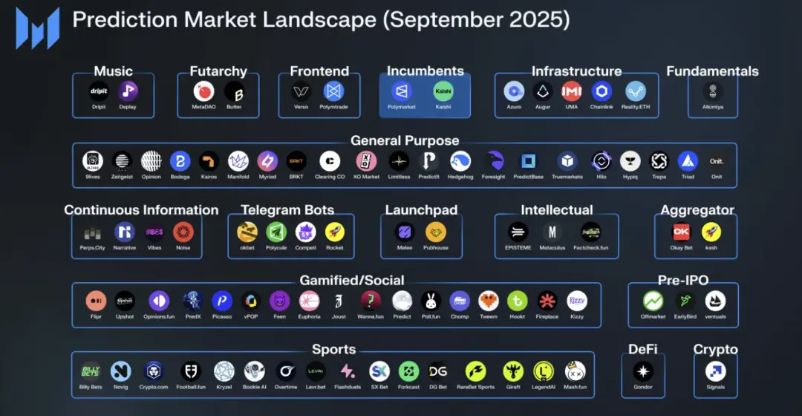Bitcoin Whale Behavior and Market Volatility: A Strategic Entry Point Before the PCE Print?
- A $2.7B Bitcoin whale dump in August 2025 triggered a flash crash below $112,700, but institutional buying and the "Power of 3" pattern drove a 24-hour rebound to $112,692. - U.S. core PCE inflation stabilizing at 2.8% created a favorable macroeconomic backdrop, though delayed Fed rate cuts introduced volatility linked to August's 5% price drop. - A $5B Bitcoin whale shifted $1.1B BTC to Hyperunit and built a $2.5B ETH reserve, reflecting institutional reallocation toward Ethereum's deflationary model an
The Bitcoin market in 2025 has become a theater of extremes, where the interplay of whale-driven volatility and macroeconomic uncertainty creates both chaos and opportunity. Recent events underscore a critical insight: capitulation phases triggered by whale sell-offs, when combined with favorable macroeconomic signals, may present tactical entry points for disciplined long-term investors.
In August 2025, a $2.7 billion whale dump over a weekend sent Bitcoin’s price plummeting below $112,700, triggering a flash crash that exposed the fragility of liquidity in a market dominated by a handful of actors [1]. Yet, this volatility was not a death knell. Short-term holders (STHs), who had purchased Bitcoin at higher prices, capitulated en masse, pushing STH supply down while LTHs absorbed the discounted inventory [3]. This dynamic mirrors historical market cycles, where panic-driven exits create asymmetric opportunities for those with capital and conviction.
The recovery that followed—Bitcoin rebounding to $112,692 within 24 hours—was fueled by institutional accumulation and a technical pattern known as the “Power of 3.” This three-phase framework (Accumulation, Manipulation, Distribution) highlights how institutional actors strategically control Bitcoin’s price trajectory [2]. By late August, Bitcoin reclaimed key resistance levels at $115,300 and $116,800, signaling a potential turning point [2].
Meanwhile, macroeconomic catalysts added another layer of complexity. The U.S. core PCE inflation rate stabilizing at 2.8% in 2025 provided a favorable backdrop for Bitcoin, which has increasingly been viewed as a hedge against inflation and devaluation [1]. However, the Federal Reserve’s cautious approach to rate cuts—delayed by concerns over inflation control—introduced volatility. A 5% price drop in August 2025 was directly linked to macroeconomic uncertainty, with U.S. PCE data serving as a key market-moving factor [2].
The interplay between whale behavior and macroeconomic signals is not one-sided. Whale activity itself is influenced by broader capital flows. For instance, a $5 billion Bitcoin whale pivoted into Ethereum in late 2025, transferring $1.1 billion in BTC to Hyperunit and building a $2.5 billion ETH reserve [4]. This shift reflects a strategic reallocation toward high-utility tokens and AI-driven sectors, as institutions prioritize Ethereum’s deflationary model and staking yields over Bitcoin’s stagnant returns [5].
For investors, the lesson is clear: monitoring whale activity and macroeconomic indicators together can reveal critical inflection points. The August 2025 capitulation phase, for example, was amplified by a $4.35 billion BTC transfer in July 2025, which initially triggered a price dip but was later offset by institutional buying [1]. This duality—whales as both destabilizers and stabilizers—underscores the need for a nuanced approach to risk management.
As the PCE print looms, the market’s next move will likely hinge on whether institutional confidence in Bitcoin’s long-term fundamentals outweighs short-term volatility. The CLARITY Act and BITCOIN Act of 2025, which facilitated Bitcoin’s integration into mainstream finance, provide a regulatory tailwind [2]. Yet, liquidity risks persist, particularly if whale activity intensifies before the PCE data is released.
In conclusion, the August 2025 episode demonstrates that whale-driven capitulation phases, when aligned with favorable macroeconomic signals, can create asymmetric opportunities. Investors who combine on-chain analytics with macroeconomic foresight may find themselves positioned to capitalize on Bitcoin’s next leg higher—provided they can weather the turbulence of a market still learning to balance its structural vulnerabilities with its transformative potential.
Source:[1] Bitcoin's 2026 Price Outlook: Macroeconomic Tailwinds, Institutional Adoption, and Whale Activity [2] Bitcoin's Post-Whale Sell-Off Recovery and the Power of 3 [3] Bitcoin Shakeout: New Investors Capitulate While Strong Hands Accumulate [4] $5B Bitcoin Whale Makes Massive Pivot into Ethereum [5] Bitcoin's Retreat Amid AI's Ascent: A Macro-Driven Capital Reallocation [https://www.bitget.com/news/detail/12560604936226]
Disclaimer: The content of this article solely reflects the author's opinion and does not represent the platform in any capacity. This article is not intended to serve as a reference for making investment decisions.
You may also like
Dragonfly Partner’s heartfelt essay: Reject Cynicism, Embrace Exponential Thinking
The industry's focus is shifting from Silicon Valley to Wall Street, which is a foolish trap.

Vitalik's 256 ETH Bold Gamble: Privacy Communication Needs More Radical Solutions
He made it clear that neither of these two applications is perfect, and there is still a long way to go to achieve true user experience and security.


Polymarket: The Rise of Cryptocurrency Prediction Markets
